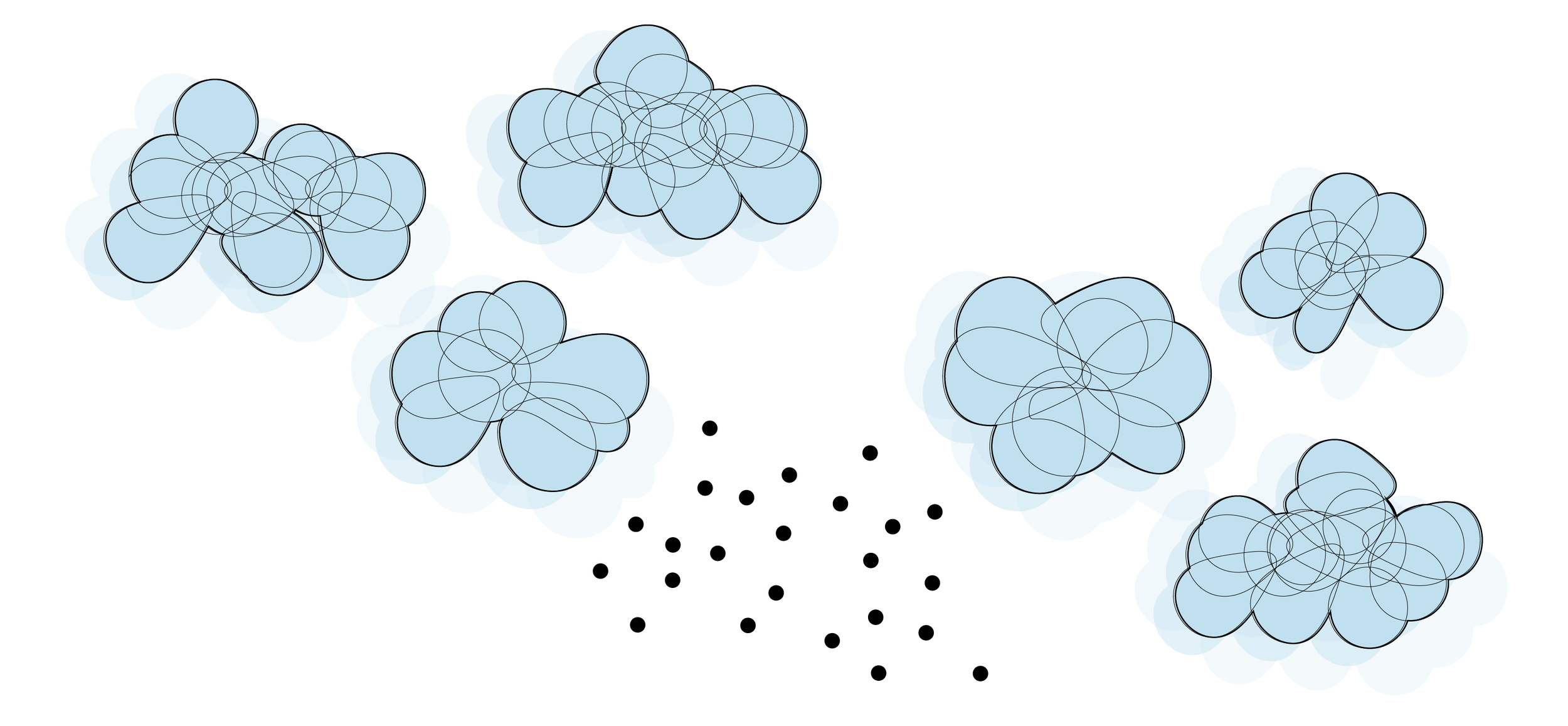domus
As our natural resources are depleted, and the effects of global pollution permanently damage and corrupt our natural systems, humans will need to re-define the home. Every corner of the world has been disrupted by human activity, this set of design proposals considers what it might look like if we as a species began to recognize that our most valuable home is the planet Earth. In this vision, the focus on personal belongings and luxury houses shifts towards communal activism and bio-engineering in order to sustain life and restore our ecosystem to a healthy state. This project imagines four distinct settings where bio-engineered structures are inserted into different environments to preserve our natural resources. The human shelters are left minimally designed, they provide warmth and protection. The structures operate as a platform for activity within the environment, instead of an escape from the outdoors that encourages disengagement with the elements. Caeli (air), envisions a landscape comprised of modular air purifying units that store oxygen. Inaquosa (waterless), is a landscape with artificial succulents, which are used to capture and store small water molecules in dry climates. Alcyoneum (coral), builds a reef of fabricated coral-inspired structures, that trap microplastics and remove them from the ocean. Nimbes (rain cloud), in cold climates, small drones are used for cloud seeding and weather engineering to reduce the temperature of the atmosphere. These biotic architectural inserts are designed to respect the patterns, textures, and tones of natural species and phenomena, without directly mimicking their appearance. Artificial and biological structures merge to form an ecosystem where resources are nurtured instead of exhausted.
Software: Rhino Grasshopper, Photoshop
Caeli air
As global pollution becomes an increasingly serious problem, poor air quality threatens the health of the planet. Caeli imagines a rainforest that has artificial trees and modular air purifying units, which harvest clean oxygen and store it for human consumption.
Air travels through a landscape of air filtration pods and into an array of cones that funnel the air into large transparent holding spheres.
Nimbes rain cloud
As climate change disturbs our weather systems and warms the atmosphere, weather engineering is being used to control atmospheric conditions. Nimbes imagines a small collective of drones that perform cloud seeding to reduce the global temperature.
A swarms of drones disperse silver iodide and solid carbon dioxide in the atmosphere to create cloud condensation nuclei to induce precipitation.
Alcyoneum coral
Coral, a marine invertebrate serves many important functions in our underwater ecosystems. The coral reef has been destroyed by ocean pollution and increases in global temperature. Alcyoneum considers an artificial coral reef that helps to serves as a prosthetic support system for wildlife who have lost their natural habitats due to the collapse of the coral reef. The structures simultaneously filter the ocean water to remove microplastics, which are tiny plastic pollutants that are harmful to aquatic sea life.
3D printed structures are made from biomaterials to house sea life displaced by coral reef collapse and simultaneously filter water from toxic microplastics.
Inaquosa waterless
With increasing temperatures, water will become a scarce resource in desert climates. Inaquosa models synthetic structures after the water retaining succulent plants, which are used to capture and store small water molecules in dry climates.
Tiny water droplets from the atmosphere are formed on the surface of the structures and are used to collect the water for agriculture and consumption.








